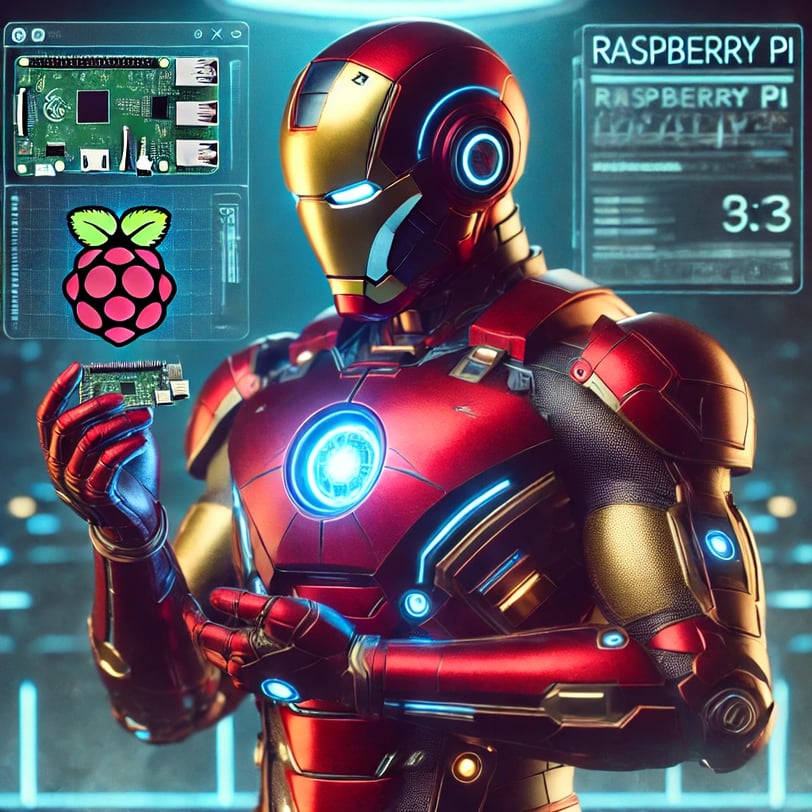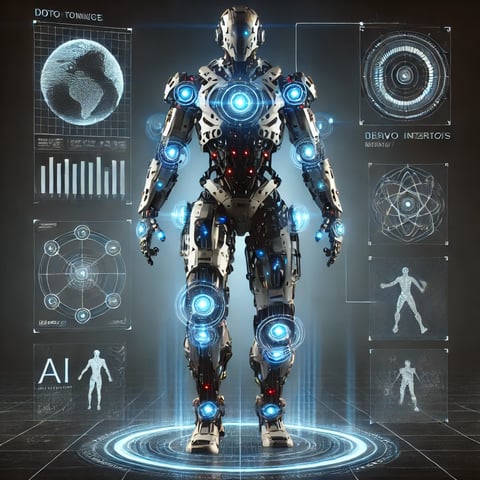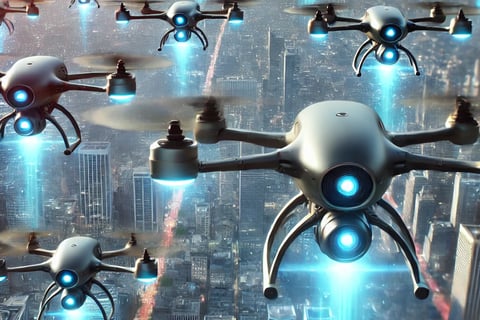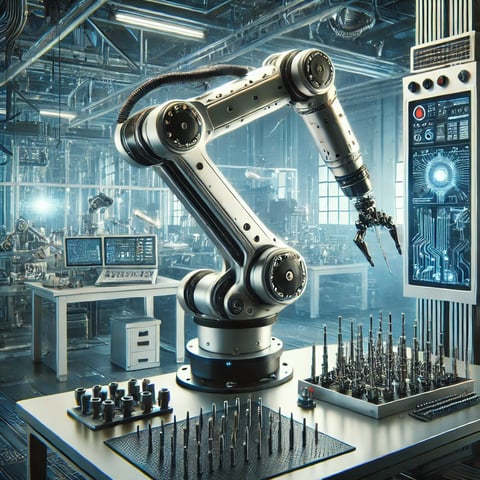What Would Iron Man (MCU) Make if He Had a Raspberry Pi?


What Would Iron Man (MCU) Make if He Had a Raspberry Pi?
Tony Stark, the genius billionaire of the Marvel Cinematic Universe, is known for building world-changing tech in his garage with nothing but scrap and sheer intellect. While he usually works with cutting-edge AI, nanotechnology, and advanced robotics, what if he had to work with something as accessible as a Raspberry Pi? This tiny yet powerful single-board computer has been the foundation for automation, AI, and DIY projects worldwide. Given Stark’s unparalleled ingenuity, let’s explore how he might push the Raspberry Pi to its absolute limits.
1. J.A.R.V.I.S. Lite AI Assistant
J.A.R.V.I.S. is arguably one of Stark’s greatest creations—an advanced AI system capable of handling everything from security to combat operations. While a Raspberry Pi lacks the raw computing power to replicate such intelligence, Stark could still develop a J.A.R.V.I.S.-lite assistant using Python, OpenAI’s GPT models, and speech recognition libraries like PocketSphinx or Vosk. With integration into home automation via MQTT and Node-RED, it could function as a highly responsive AI-powered personal assistant. Imagine controlling your home’s lights, security cameras, and music with just voice commands—Tony Stark style.
2. DIY Iron Man Helmet HUD
A Raspberry Pi, combined with a small OLED display and an IMU (Inertial Measurement Unit), could power a simplified version of the Iron Man helmet’s heads-up display (HUD). Stark could program it to display real-time environmental data, biometric readings, and even an early-stage augmented reality interface. With the addition of OpenCV and TensorFlow, facial recognition and object tracking could be integrated, giving a futuristic feel to the DIY helmet. Imagine being able to scan someone and instantly pull up relevant details—definitely a start toward a real-life Stark tech experience.
3. Mini-Arc Reactor Energy Monitor
Although a Raspberry Pi can’t power an actual arc reactor (unless Stark rewrites the laws of physics), it could be used to create an IoT-based energy management system. Using sensors like the INA219 current sensor, Stark could develop a smart energy optimization system that monitors and predicts energy usage. Such a system could adjust power loads dynamically, ensuring peak efficiency in real time. For the everyday tech enthusiast, this could translate into a smart home energy monitor that helps reduce electricity costs.
4. Autonomous Security & Defense System
Stark’s love for high-tech security would undoubtedly lead him to create an advanced AI-powered security system with the Raspberry Pi. Equipped with motion detectors, Pi cameras, and OpenCV-based facial recognition, it could function as an autonomous security assistant. With machine learning algorithms trained to detect anomalies, it could alert the user of suspicious activity and even trigger countermeasures like alarm systems or robotic defenses. For added functionality, it could also use RFID authentication to grant access only to authorized individuals.
5. AI-Powered Drone Swarm
Iron Man frequently deploys drones for surveillance and combat support. While a Raspberry Pi might not have the raw power to control a full-fledged drone army, Stark could program a fleet of AI-powered micro-drones capable of real-time object tracking and navigation. By combining computer vision with edge computing, these drones could autonomously patrol an area, monitor for threats, and relay data back to a central hub. For hobbyists, this could be simplified into a Pi-controlled drone system capable of obstacle avoidance and target following.
6. Automated Workshop Assistant
No Stark lab is complete without robotic assistants. With a Raspberry Pi, he could design a simple yet efficient workshop bot capable of retrieving tools, handling minor assembly tasks, and even voice-controlled movement. Using servos, actuators, and Python-based control scripts, this assistant could function like an early-stage robotic arm prototype. In the real world, this could be adapted into an automated assistant for makers, reducing manual effort in small-scale manufacturing tasks.
7. J.A.R.V.I.S.-Controlled Smart Suit Prototype
While the Raspberry Pi won’t power a full-fledged Iron Man suit, Stark could use it to create a wearable prototype with smart functions. By integrating accelerometers, gyroscopes, and servos, he could develop gesture-controlled robotic enhancements—such as a motorized exoskeleton arm or even voice-activated servos for movement assistance. This could be the early foundation of a real-world powered suit, taking wearable technology to new heights.
8. Holographic Interface System
Stark is known for his signature gesture-controlled holographic interfaces. While a Raspberry Pi might not be able to generate full 3D holograms, it could power a Pepper’s Ghost-style display using an LCD screen and specially angled transparent surfaces. With Python-based hand-tracking and Leap Motion integration, Stark could create a touchless interface for controlling different devices. For real-world applications, this could be used to build an interactive smart mirror or a futuristic user interface for home automation systems.
9. AI-Enhanced Cybersecurity Defense
Given Stark’s knowledge of hacking and cybersecurity, he might develop a Raspberry Pi-powered AI firewall. Using real-time network monitoring tools and AI-driven anomaly detection, this system could detect cyber threats, prevent unauthorized access, and dynamically adapt firewall rules to counteract evolving threats. It could function as a self-learning cybersecurity assistant, offering unparalleled protection against attacks.
Final Thoughts: A Genius Mind Never Wastes Resources
Even with something as seemingly modest as a Raspberry Pi, Tony Stark’s creativity and technical prowess would push its potential to its absolute limits. Whether it's AI, automation, robotics, or cybersecurity, he would undoubtedly build something groundbreaking. The real lesson here? Innovation isn’t about the size of the hardware—it’s about the mind behind it.






Insight
Explore tech and finance for future success.
© 2025. All rights reserved.
